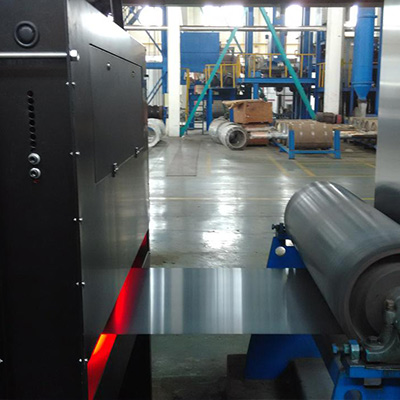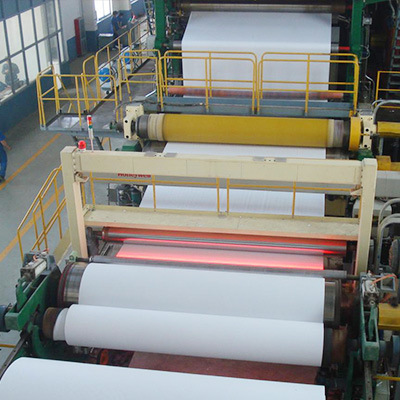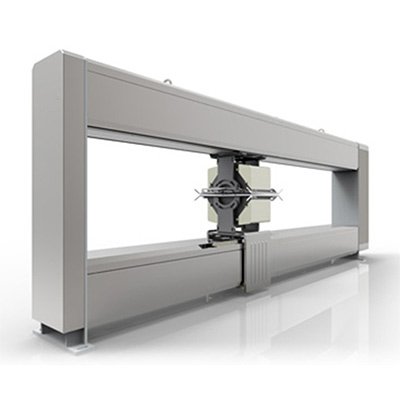Machine vision inspection systems offer a range of benefits over traditional manual inspection methods. Here are some of the key advantages:
Accuracy and Precision
- Consistent Standards: Machine vision systems adhere to precise, pre-programmed standards, reducing the variability inherent in human inspection.
- High Resolution: Capable of detecting very small defects or features that may be missed by the human eye.
Speed
- High-Speed Inspection: Machine vision systems can inspect hundreds or thousands of parts per minute, far outpacing human inspectors.
- Continuous Operation: Unlike humans, who require breaks, machine vision systems can operate 24/7 without a decrease in performance.
Reliability
- Reduced Human Error: Eliminates the potential for human error due to fatigue, distraction, or lack of training.
- Consistent Results: Provides the same level of inspection quality throughout the production process, regardless of time or environmental factors.
Cost-Effectiveness
- Reduced Labor Costs: Over time, the initial investment in a machine vision system can be offset by reduced labor costs.
- Increased Productivity: Faster inspection leads to increased production throughput, which can improve overall profitability.
Versatility
- Adaptability: Machine vision systems can be reprogrammed or adjusted to inspect different products or to accommodate changes in production processes.
- Scalability: Can be scaled up for higher production volumes without a significant increase in inspection time.
Data Collection and Analysis
- Quantitative Data: Provides detailed, quantitative data that can be used for statistical process control and improvement.
- Record Keeping: Automatically records inspection data for traceability and quality assurance purposes.
Safety
- Hazardous Environment Inspection: Machine vision systems can be used in environments that are hazardous to humans, such as those with toxic chemicals or extreme temperatures.
- Reduction of Physical Strain: Eliminates the need for workers to perform repetitive and potentially ergonomically challenging tasks.
Quality Control
- Early Defect Detection: Can identify defects early in the production process, reducing waste and rework.
- Improved Product Quality: Ensures that only products meeting the quality standards reach the market, enhancing brand reputation.
Integration
- Automated Process Integration: Machine vision systems can be integrated into existing automated production lines, enhancing overall efficiency.
- Communication: Can communicate with other machines and systems for real-time process control and feedback.
Specialized Capabilities
- Multiple Inspection Parameters: Can simultaneously inspect various parameters such as shape, size, color, and position.
- Advanced Technologies: Utilizes technologies like 3D vision, hyperspectral imaging, and deep learning for complex inspection tasks.
In summary, machine vision inspection systems provide a level of consistency, speed, accuracy, and data analysis that is difficult to achieve with manual inspection, making them a valuable asset in modern manufacturing and quality control environments.













 Top
Top
 Email
Email
 WhatsApp
WhatsApp

 Submit Form
Submit Form
 Down
Down